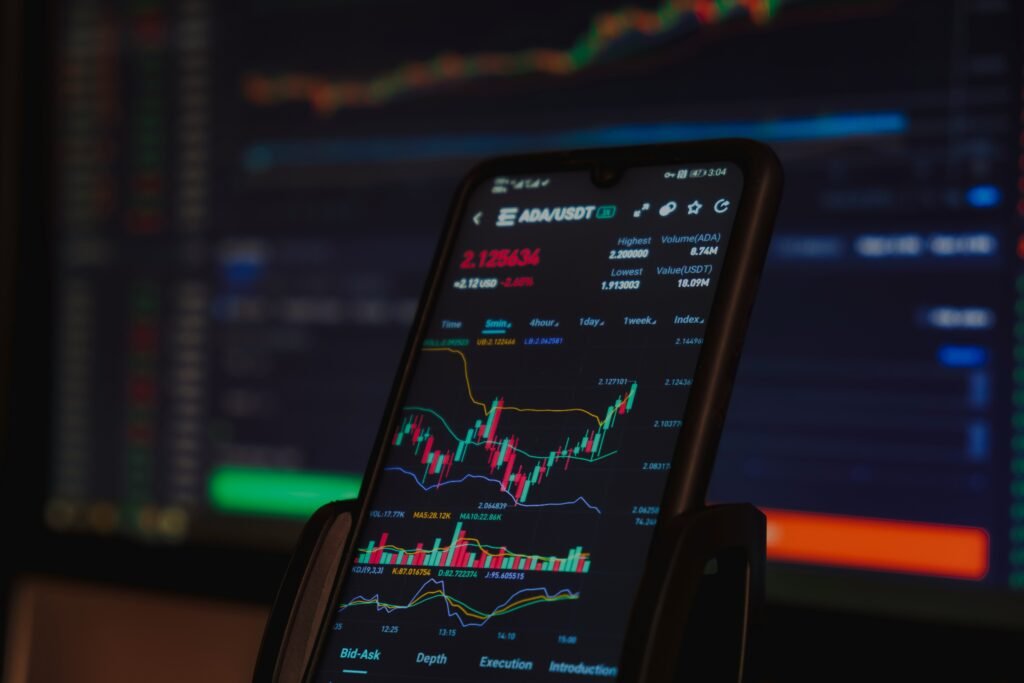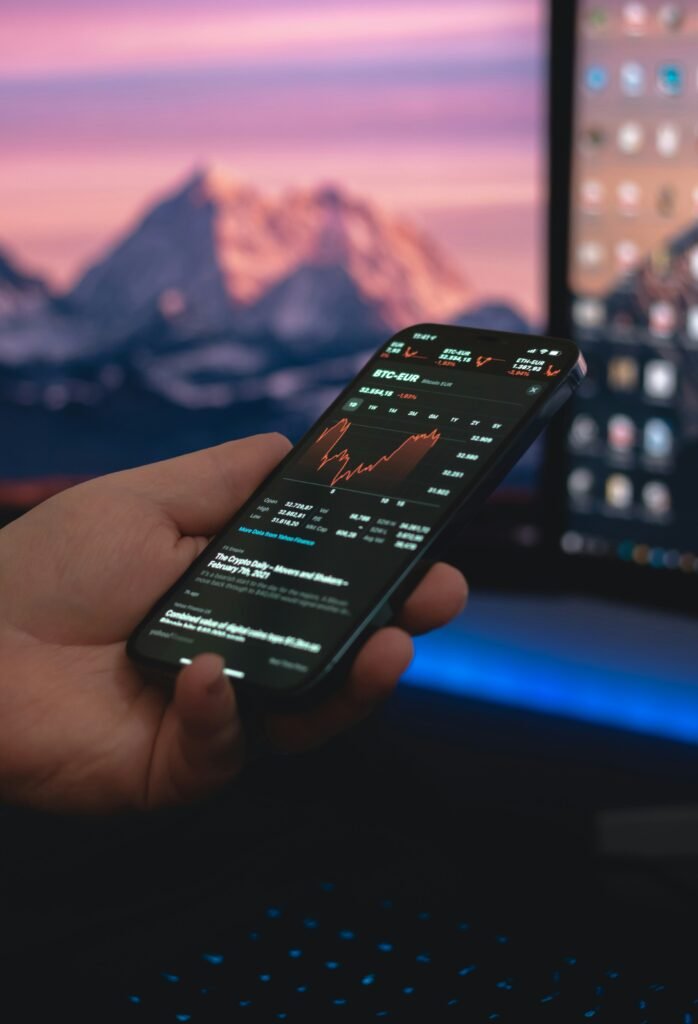What is Spot Trading ?
Spot trading is a straightforward and widely-used procedure of trading where financial instruments, as an example commodities, securities, or currencies, are purchased and sold for current delivery and payment . dissimilar futures or features trading, that incorporate contracts set for a coming so far, spot trading deals with transactions that have been resolved “on the spot, ” typically within two trade days . This immediacy distinguishes spot trading a favorite option for a few of traders who want to rapidly capitalize on industry movements without the complexities of agreement expirations .
Definition of Spot Trading
The buying or selling of a financial instrument with the goal of immediate delivery and settlement is referred to as spot trading . The plan of finishing the transaction “on the spot, ” or without a postpone in the swap of the sub item and the connected payment, is where the forename “spot” originates .Spot trading is widespread in there are numerous industries, as an example equities, commodities, foreign swap (Forex), and cryptocurrencies .
What Separates Spot Trading from Other Forms of Trading
Different from other trading types such as futures, options, and leverage trading is spot trading. Due to time and price variations, futures and options trading entails greater complexity and risk as players commit to purchase or sell an item at a fixed price on a future date. Conversely, margin trading increases potential gains and losses by enabling traders to borrow money to expand their trading position. In contrast, spot trading is more easy and transparent, including simple swaps of money and assets at the going rate.

The Important Parts of Spot Trading
1.Quick Settlement:
The quick settlement of transactions is one of the key features of spot trading. This implies that when a transaction is completed, the asset is delivered to the buyer, who also gets paid nearly immediately—typically within two business days.
2.Transfer of Ownership:
In spot trading, the seller and the buyer exchange ownership of the sold asset directly. In contrast, ownership may be subject to future terms or dates in transactions involving futures or options.
3. Not Using Leverage:
Spot trading often involves using all of the available capital to buy assets—leverage is not used. Compared to leveraged trading, where borrowed money can magnify losses, this lowers the risk.

The Process of Spot Trading
Limit order vs market order:
Several order types can be used to carry out spot trading. A market order ensures speedy transactions by being executed instantly at the going rate. With a limit order, on the other hand, traders might indicate a price at which they are ready to purchase or sell. If the market hits that price, the order might only be executed.
Instances of Spot Trading in Various Markets
Spot trading takes place on a number of financial marketplaces. The current exchange rate is used by traders to swap currencies on the Forex market. Investors purchase and sell shares at the going rate in stock markets. Similar to this, spot trading in cryptocurrency markets refers to the instantaneous exchange of virtual currencies.
Benefits of In-Market Trading
Spot trading is a well-liked alteranative amongst traders since it offers there are numerous advantages essential benefits include its ease and opacity level, that allow traders to rapidly grasp and conduct transactions without having to trade with tangled contracts or extended obligations .In addition, because spot trading does not need borrowing finances, it’s less risky than margin trading . plot trading’s real-time natural world deivers investors adaptability and comparison over their wealth by enabling them to grab industry opportunities in an instant way.
Disadvantages of Spot Trading
Spot trading has several disadvantages in addition to its advantages. The restricted possibility for profit in brief periods is one of its primary drawbacks since it depends entirely on the movement of the asset’s price without the leverage provided by margin trading. Additionally, spot trading necessitates traders to make their whole capital investment up front, which may not be possible for everyone. Because of their complete market exposure, traders also assume all risk associated with changes in the asset’s price.

Strategies for Spot Trading
1.Purchase and Hold Method:
The buy and hold method is a popular spot trading tactic in which investors acquire an item and hang on it for a while in the hopes that its value will rise over time.
2.Day Trading:
Purchasing and selling wealth inside similar trading day is known as day trading, and the goal is to gain from sudden alterations in tag .This approach necessitates prompt decision-making and thorough market research.
3.Decreasing:
The goal of the scalping technique is to make little gains from a large number of deals that are completed in a short amount of time—often minutes or seconds. Scalpers depend on modest price fluctuations and good liquidity.
How to Get Started Spot Trading
1.Selecting a Spot Trading Website:
Selecting a rightful trading program is crucial before you begin spot trading . search for out platforms with competitive rates, intuitive interfaces, and healthy security measures .
2.Setting a Verification and Account:
After deciding on a platform, fill out the required personal information to establish an account. In order to meet regulatory requirements, the majority of platforms demand identity verification.
3. Getting Money Into Your Account:
Make a deposit into your account after it has been created and validated. Typically, credit cards, bank transfers, or other payment options accepted by the site can be used for this platform.
4.Making Your First Trade:
You are able to make your first spot transaction with a funded account. Select the asset you wish to trade, then carry out the deal by selecting a market order or limit order.

Common Terms Used in Spot Trading
1.Place a Bid and Request a Price:
The provide tag is the lowest price a seller is prepared to approve, while the bid price is the highest price a buyer may pay for an subitem. The spread is the amount that separates these prices.
2.Distributed:
The price spread shows the difference between the bid and ask prices and is an important aspect in calculating the cost of trading.
3.Liability:
Liability refers to an asset’s ability to be purchased or sold in the market without influencing its price. High liquidity suggests a large number of trades, making it easy to enter and exit positions.
Risks Connected to Spot Trading
1.Volatility of the Market:
2.Risk to Liquidity:
It might be difficult to quickly gain or sell assets at the correct price in markets with limited liquidity, which could result in poor deal executions.
3.Risk of Counterparty:
When one side in a deal doesn’t carry out their end of the bargain, there is a risk of default. Although it is usually less than in derivative markets, similar risk exists in spot trading as well.
Tips for Successful Spot Trading
To succeed in spot trading, it is critical to undertake extensive research and remain current on market trends and news. Diversifying your portfolio across many assets can assist to reduce risk. Implementing risk management tactics, like as placing stop-loss orders and creating clear trading strategies, is also critical for protecting your capital.
Conclusion
Spot trading provides a simple and transparent approach to engage in financial markets by allowing for the instantaneous exchange of assets. While it has some risks, its simplicity and real-time nature make it an appealing alternative for many traders. Individuals may make educated decisions and handle spot trading more successfully if they understand its essential characteristics, advantages, and methods.

